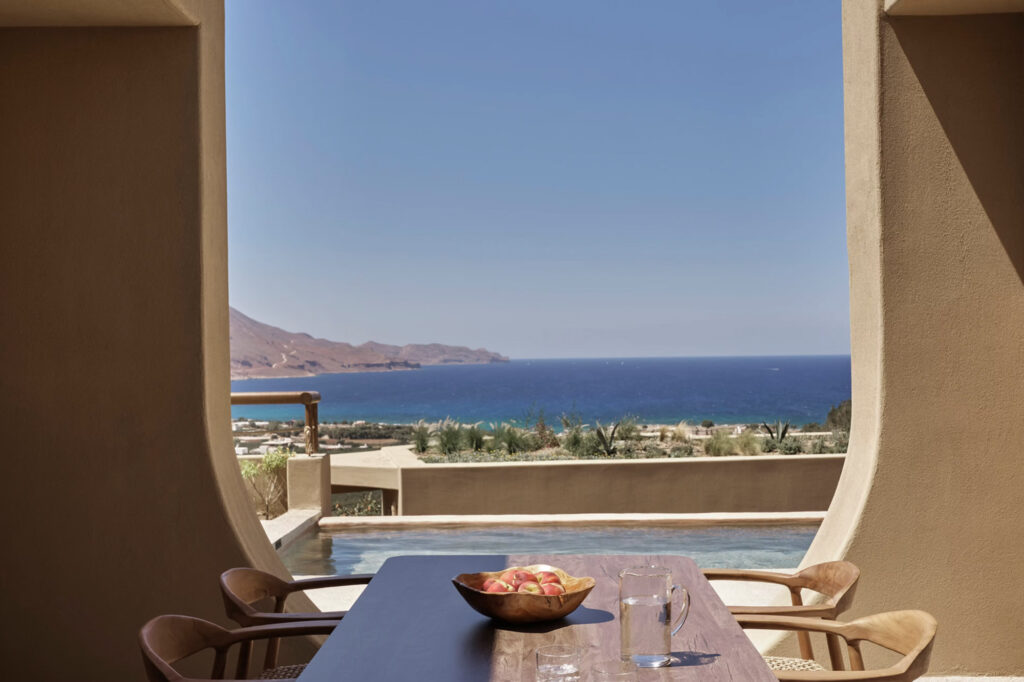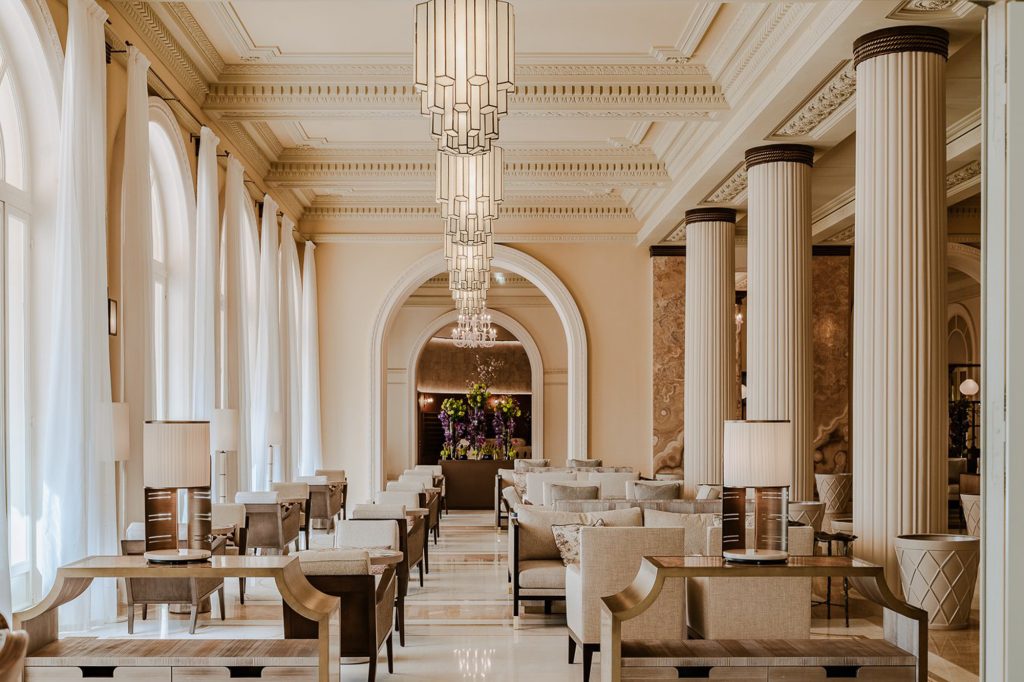
The Mediterranean
The Mediterranean hot list
August 2025
The Mediterranean • Insider guides • The Mediterranean hot list August 2025
What we’re loving in August 2025 (and you will too)
Stay informed and stay inspired! The Mediterranean hot list is your monthly dossier of what’s shaping the cultural and creative landscape across the Mediterranean. From smart new openings and design-forward projects to events worth pencilling into your diary, we spotlight the ideas and initiatives that matter. Whether you’re a local with a keen eye on your surroundings or a traveller seeking authentic inspiration, this is your curated guide to the things that are getting our attention (and deserve your’s, too).
Be the first to know. Get on the list.
Top photography courtesy of Nomos Hotel
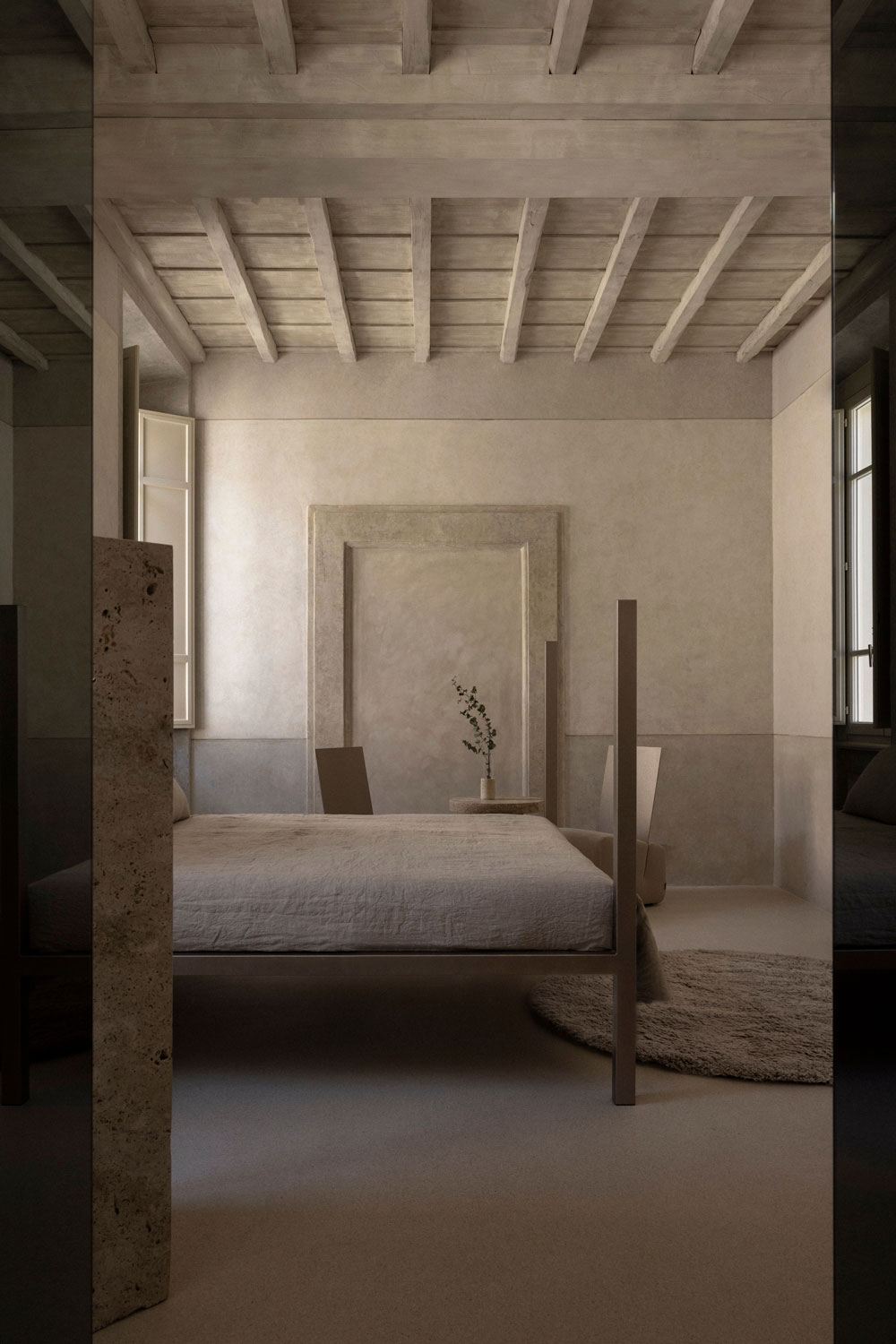
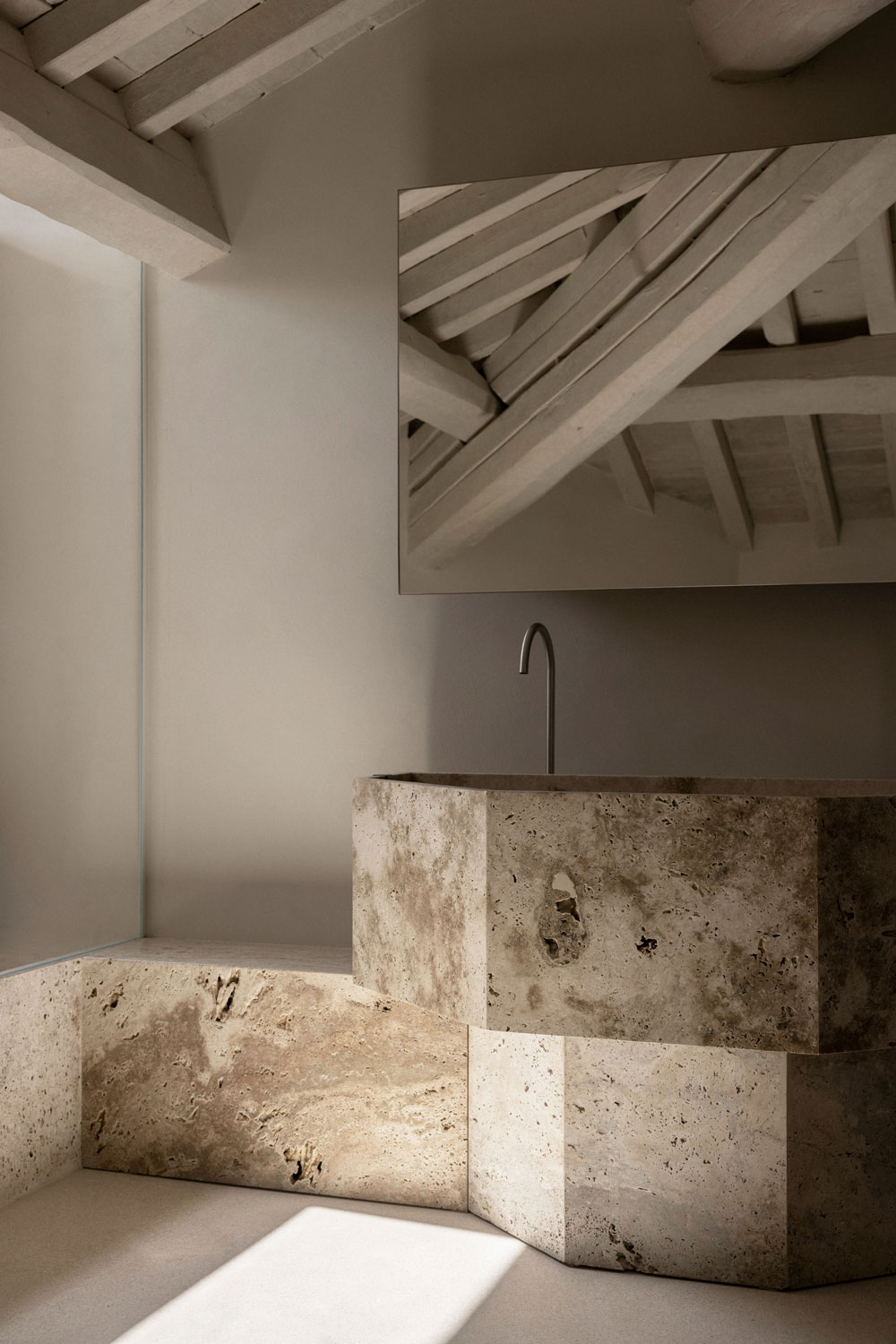
01
Nomos Hotel: sacred minimalism in Rome
We couldn’t resist beginning in Regola, where Henry Timi has reimagined an 18th‑century Franciscan monastery as a “raw rooms” refuge from Rome’s constant motion. Named after the ancient Greek concept of law, Nomos Hotel balances monastic restraint with artisan warmth – stone courtyards lead to a pared‑back restaurant and bar featuring bespoke travertine totems that double as storage. Across four upper floors, 31 suites showcase handmade linen beds, velvet pouffes and Carrara marble desks positioned to frame panoramic city views. Underground, textured alcoves offer quiet respite in the spa‑like relaxation rooms. Every element – from the clay‑eyed ceramic door handles to the custom candles – reflects Timi’s pursuit of primordial connection between material, memory and the people who occupy space.
Nomos Hotel
Via di S. Paolo alla Regola 3
Rome
Italy
Affiliate link (what is it?)
Photography courtesy of Nomos Hotel
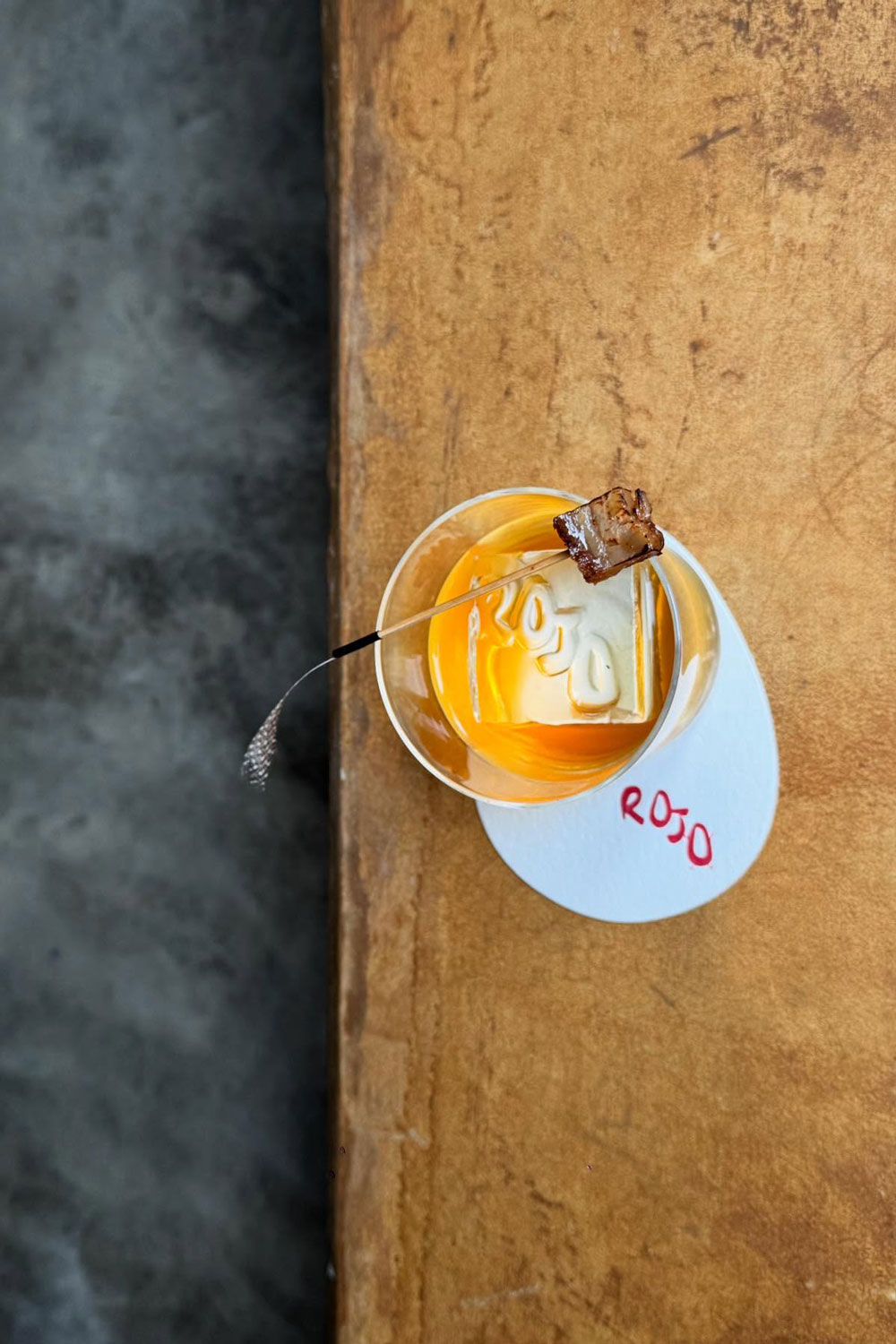
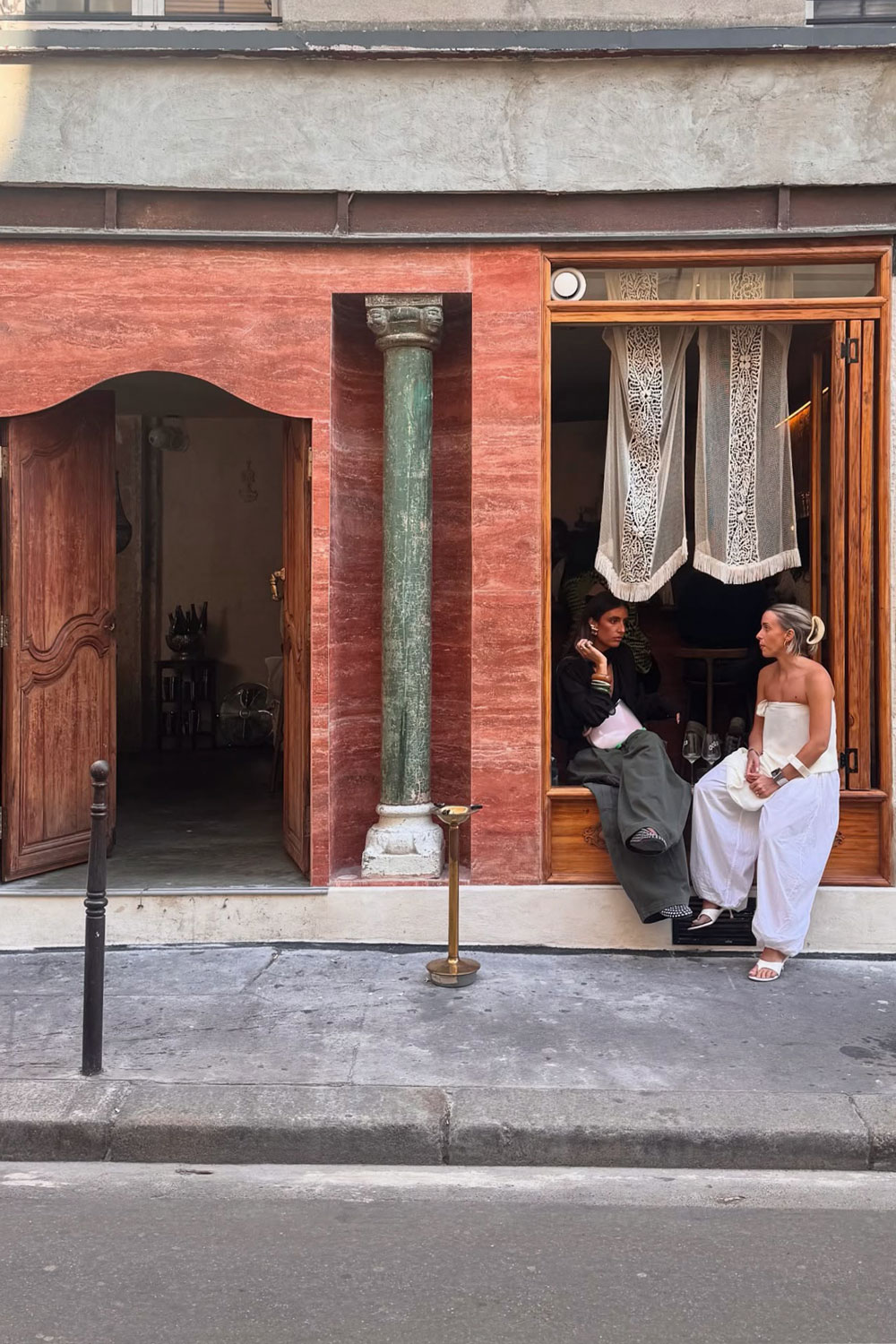
02
Rojo: Paris’s yolk-forward cult spot
Rojo Egg Rojo celebrates the egg in all its glory – runny yolk, crisp exterior, infinite versatility – right in the heart of the Marais. The menu centres on egg-topped buns. We recommend the yolk‑drizzled brioche crowned with pickled shallots, house‑made chilli mayonnaise and microgreens or the fluffy steamed bao doused in black garlic aioli. There’s no reservation policy – just communal tables under red neon lights, where locals and visitors stand elbow to elbow, tucking into yolk‑soaked sliders and flavourful shishito peppers. Behind the counter, the team’s philosophy is as unpretentious as the fare – great ingredients, inventive sauces and a welcoming attitude.
Rojo
8 Rue de Beauce
Paris
France
Photography courtesy of Rojo
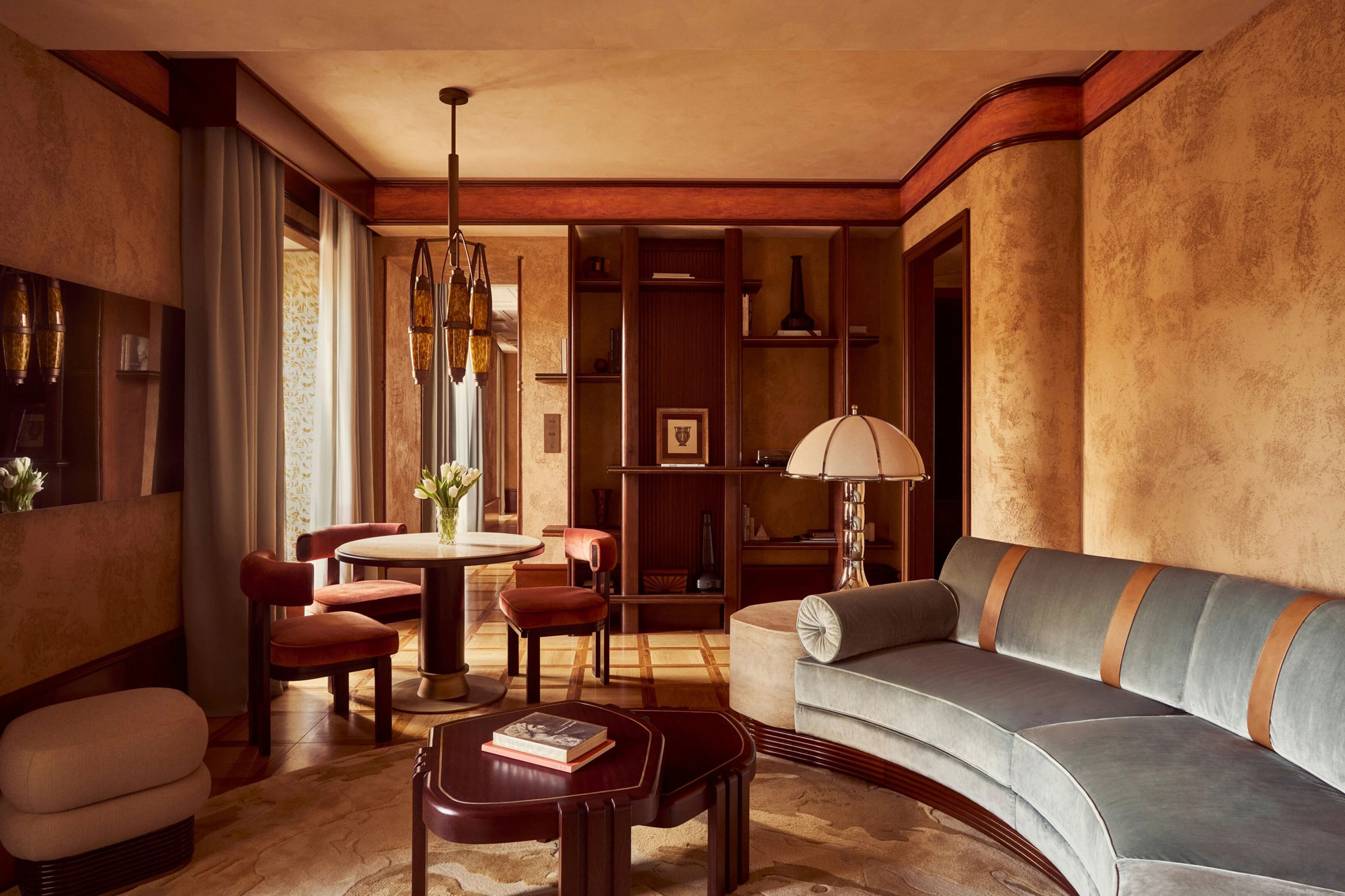
03
Orient Express La Minerva: Rome’s most cinematic new hotel
The first Orient Express hotel needed a stage worthy of its legend – and Rome’s Piazza della Minerva delivers just that. Architect-designer Hugo Toro fused Art Deco elegance with the building’s classical bones – like carved travertine panels, sculptural pedestal sinks and original fresco‑touched ceilings. 93 rooms span from intimate doubles set beneath coffered ceilings to duplex suites with private terraces overlooking the Pantheon. Each space features steamer‑trunk nightstands, leather‑strapped steamer trunks for luggage and bathrooms clad in Calacatta marble. Gigi Roma, the rooftop lounge, pairs Italian small plates with cinematic city views. Below, a botanical spa offers herbal wraps inspired by Alexandre Dumas’s travel journals.
Orient Express La Minerva
Piazza della Minerva 69
Roma
Italy
Affiliate link (what is it?)
Photography courtesy of Orient Express La Minerva
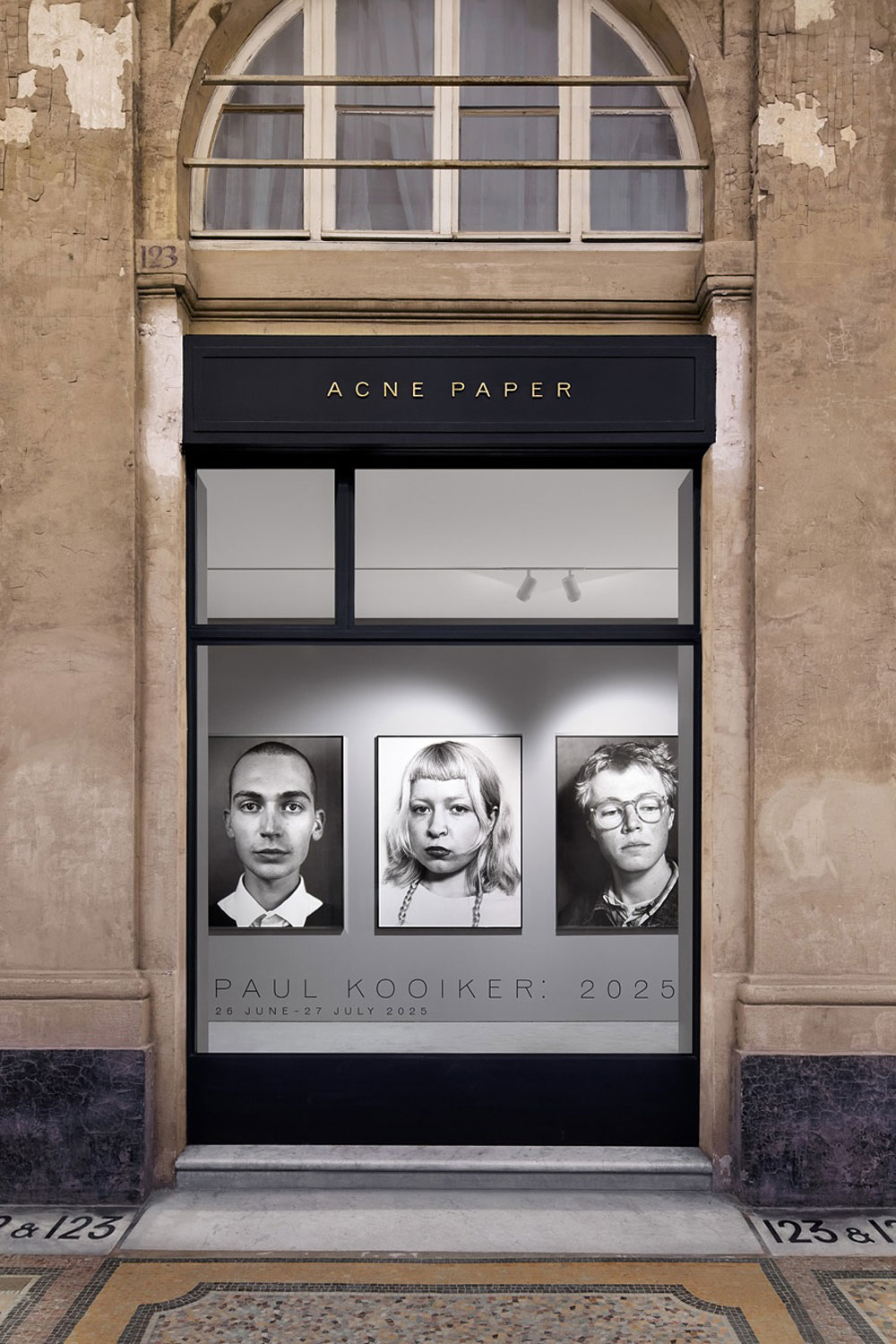
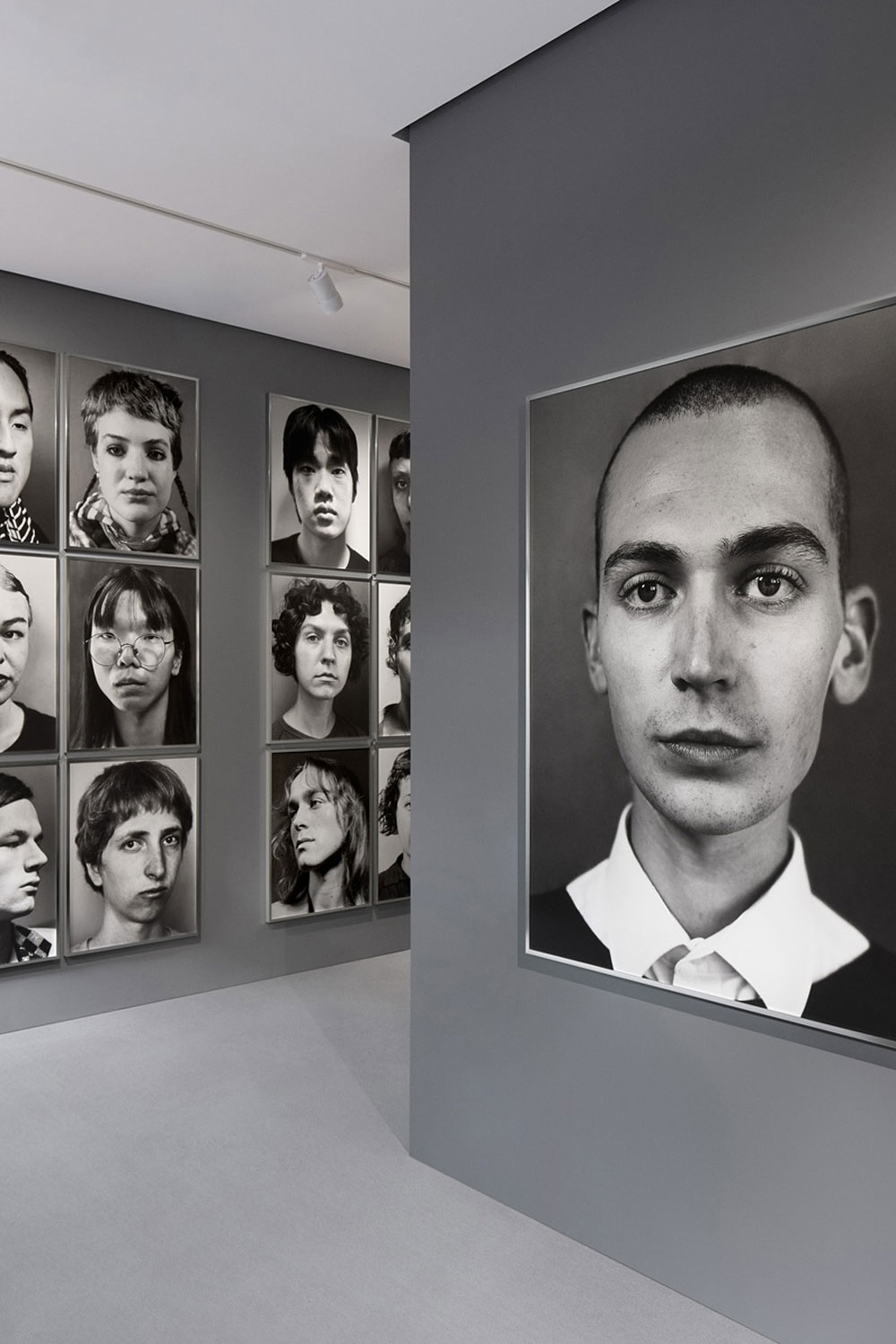
04
Acne Paper Palais Royal: conceptual calm in Paris
Beneath Palais Royal’s limestone arcades, Acne Studios has opened a manifesto‑style gallery that feels like stepping into the pages of its renowned magazine. Conceived by editor Thomas Persson and creative director Jonny Johansson, the space is a study in texture – looped marble floors, vaulted stone ceilings and soft echoes of the courtyard beyond. Its inaugural exhibition – 2025 – by Paul Kooiker presents 42 unorthodox school‑portrait photographs, each reflecting Acne’s history at the intersection of fashion, image and conceptual art. Around the corner, a reading nook stocked with Acne Paper back issues sits beside a minimalist coffee bar serving single-origin blends.
Acne Paper Palais Royal
124 Gal de Valois
Paris
France
Photography courtesy of Acne Paper Palais Royal
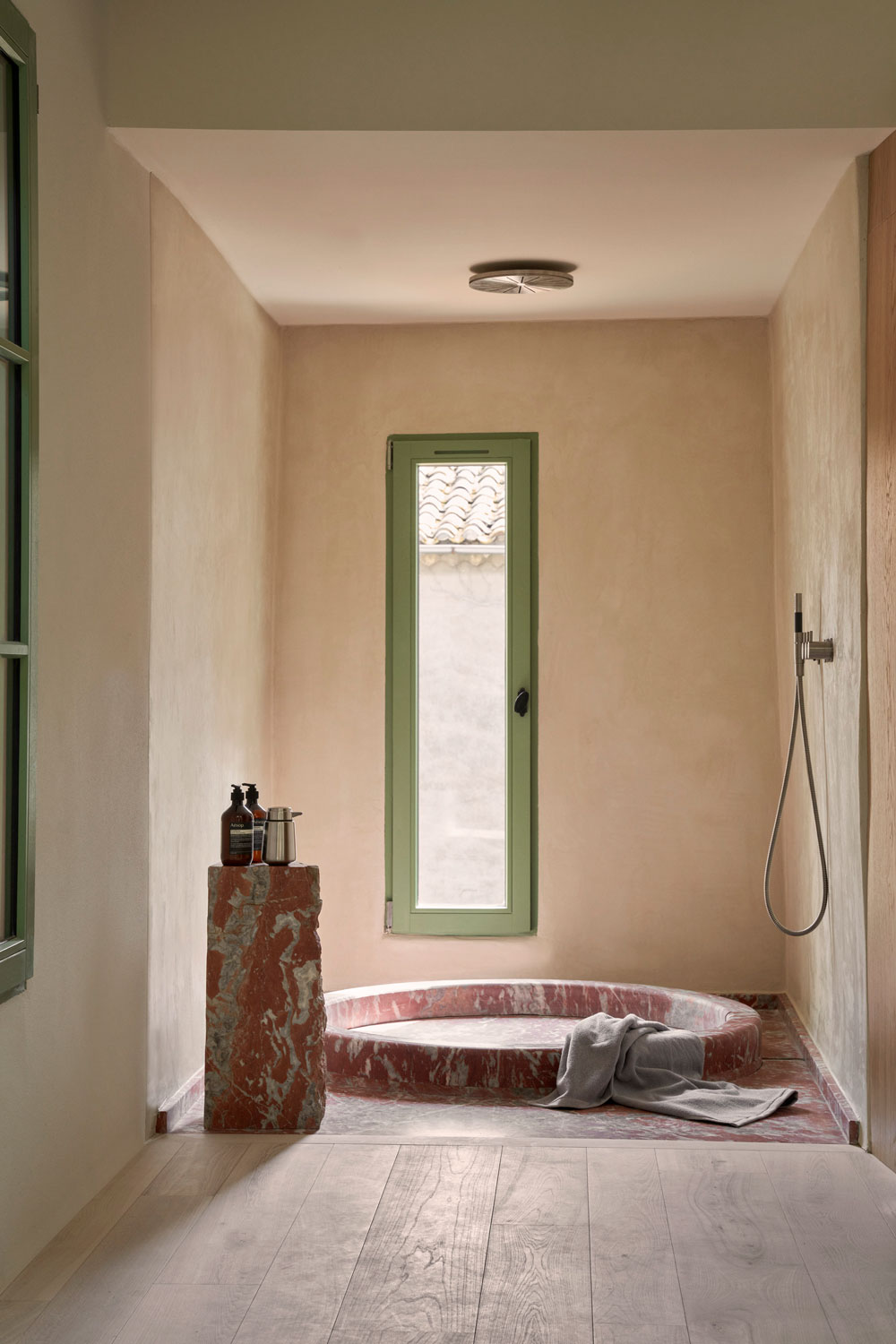
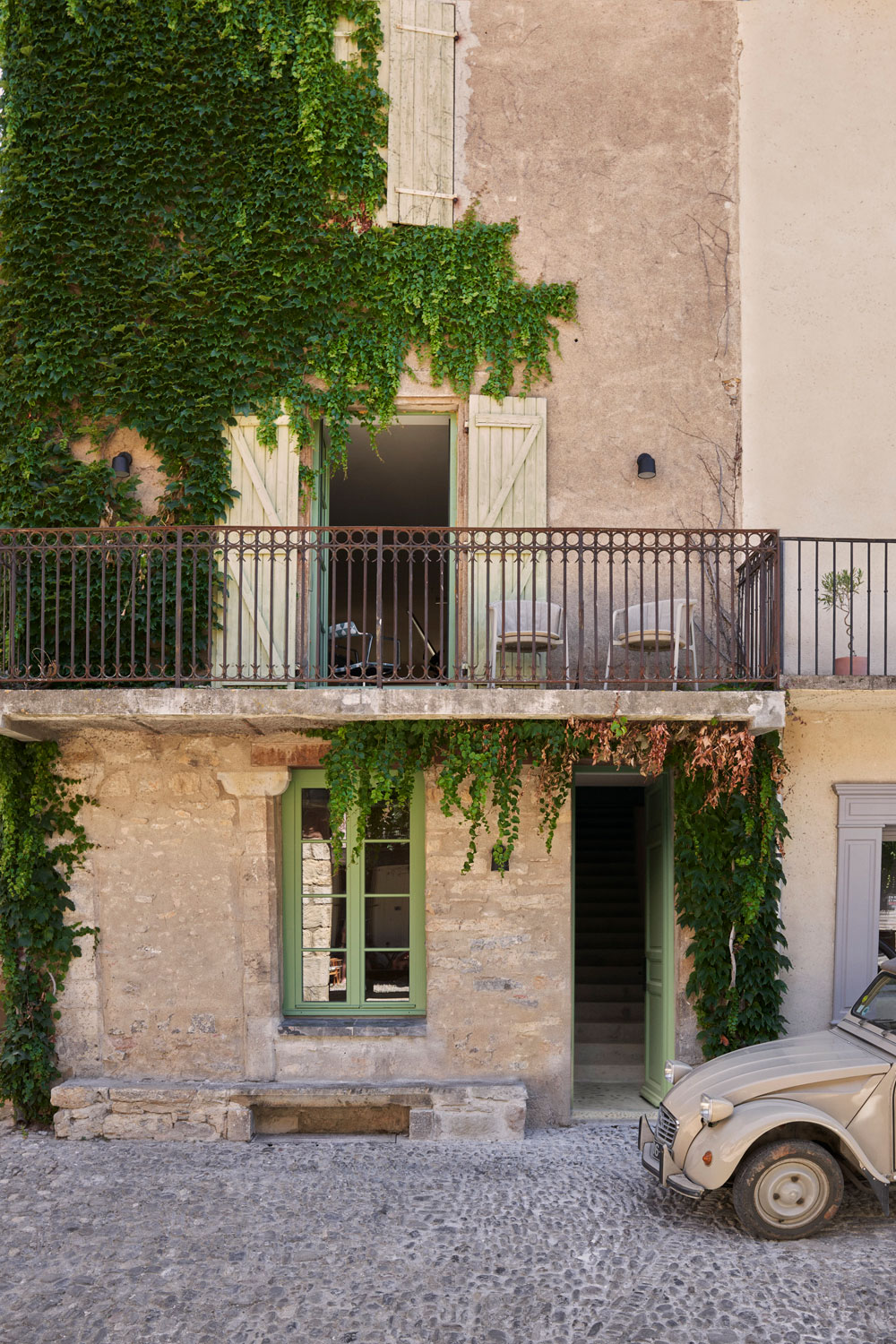
05
Vipp Townhouse: Nordic precision in Occitanie
In the heart of one of France’s UNESCO‑listed most beautiful villages, a 14th‑century townhouse has been transformed by Danish design house Vipp. Working within strict heritage guidelines, architect Matthieu Paihes and interior designer Julie Cloos Mølsgaard preserved thick stone walls and mediaeval windows, layering in signature steel‑tube amenities and pebble‑stone flooring that echoes the village square. Over three floors and 97 square metres, five guest rooms offer minimalist comfort – think wool throws, terrazzo accents and bespoke Vipp kitchenettes – while communal spaces invite gathering around long oak tables. Here, ancient masonry meets Scandinavian precision, creating a quiet base for exploring the Orbieu Valley’s vineyards and abbeys.
Vipp Townhouse
2 Pl. de la Halle
Lagrasse
France
Photography courtesy of Vipp Townhouse
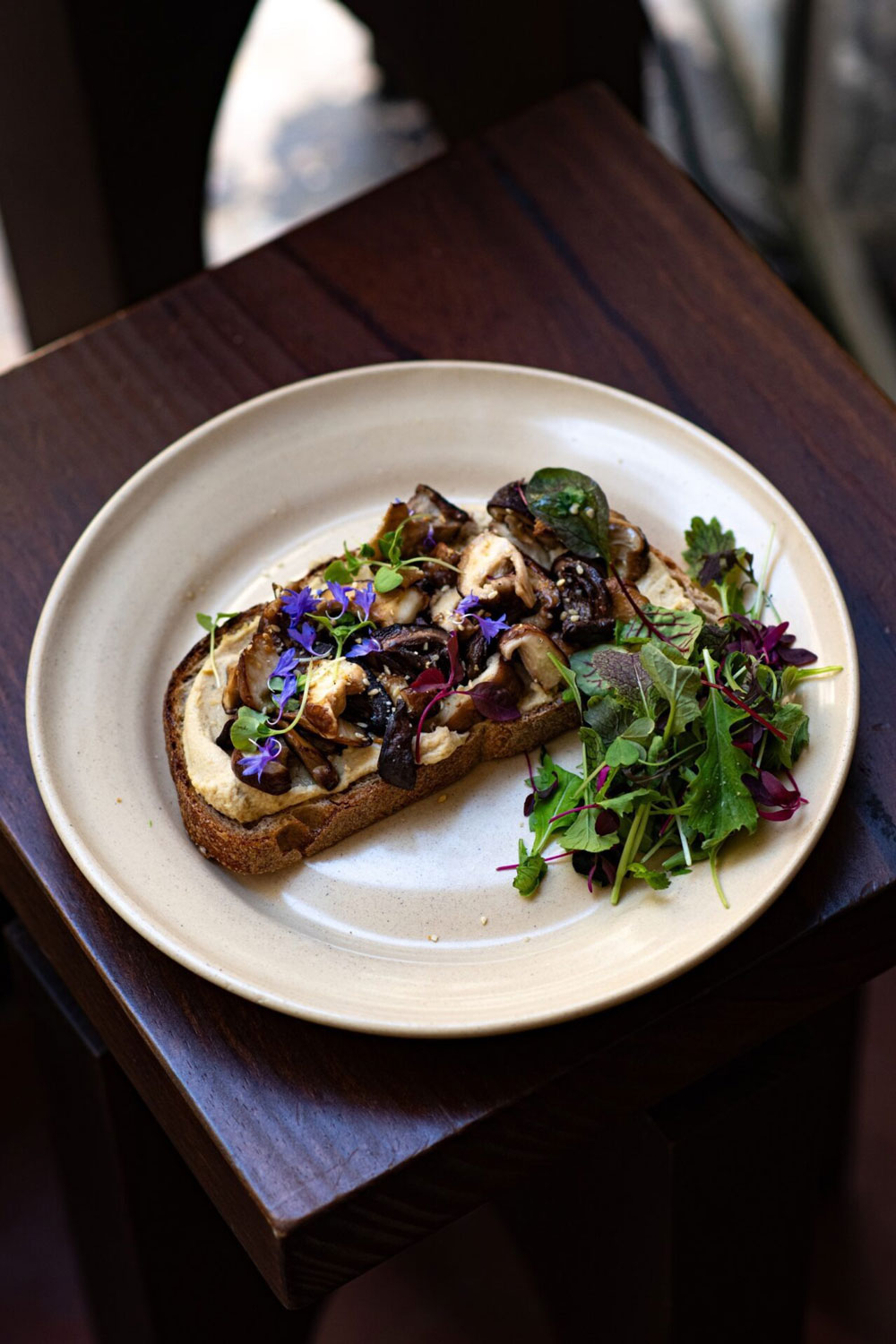
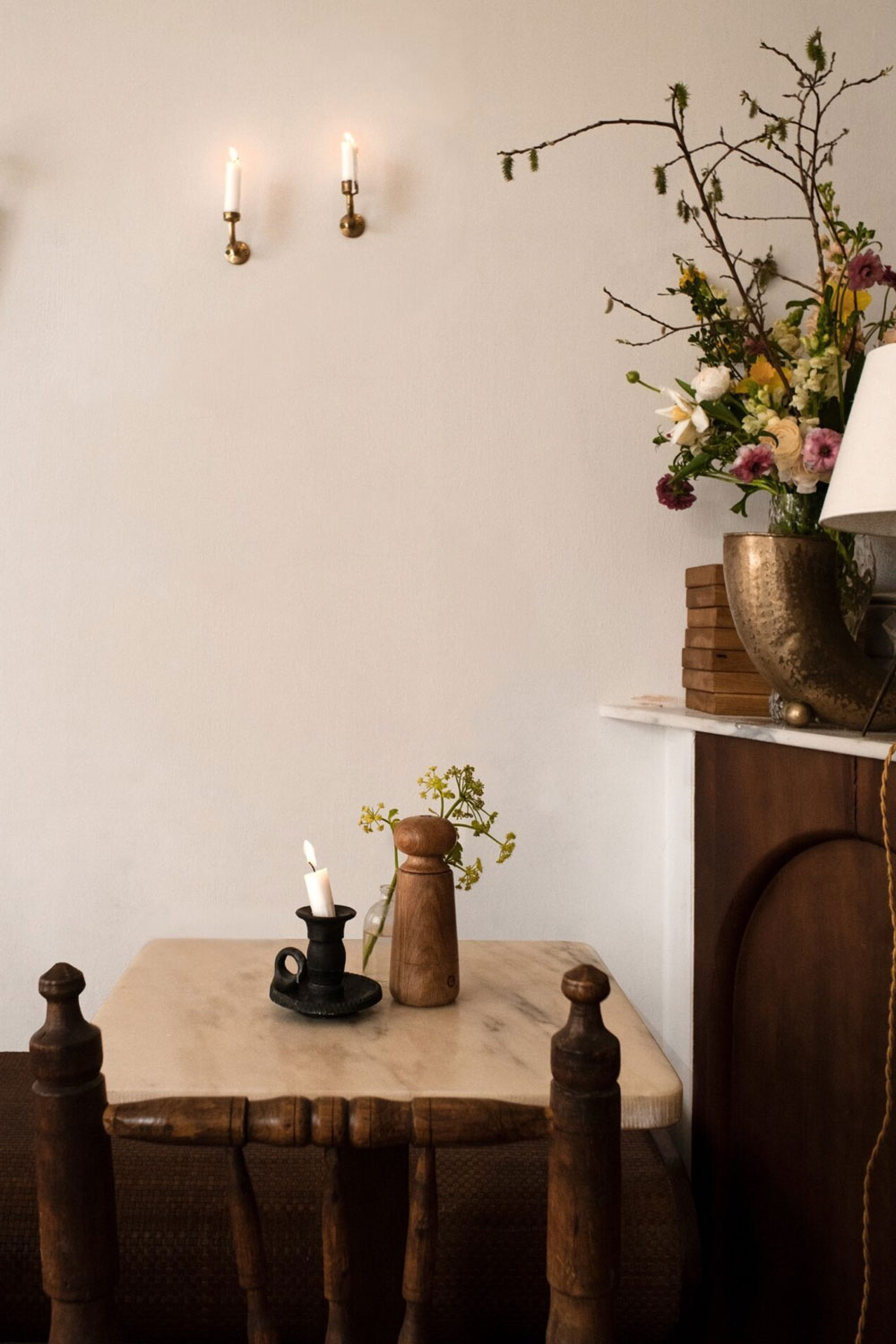
06
Magnolia Bistrot & Winebar: Lisbon’s bistrot worth staying up for
On a leafy corner of Praça das Flores, Magnolia Bistrot & Winebar feels like an extension of its owner’s living room – down to the mix of vintage wooden tables and mismatched chairs. Open from brunch through late night, the bistrot serves small plates – baked camembert drizzled with thyme‑honey, smoky mushroom croquettes, burrata with preserved lemon – and a concise list of natural Portuguese wines. By day, sunlight filters through plane‑tree leaves onto chalk‑board menus, by night, candlelight flickers over graffiti‑sprayed walls and hanging ferns. Live fado performances – soft guitar and haunting vocals – fill the space twice a week, reinforcing Magnolia’s ethos of conviviality.
Magnolia Bistrot & Winebar
Praça das Flores 43
Lisboa
Portugal
Photography courtesy of Magnolia Bistrot & Winebar
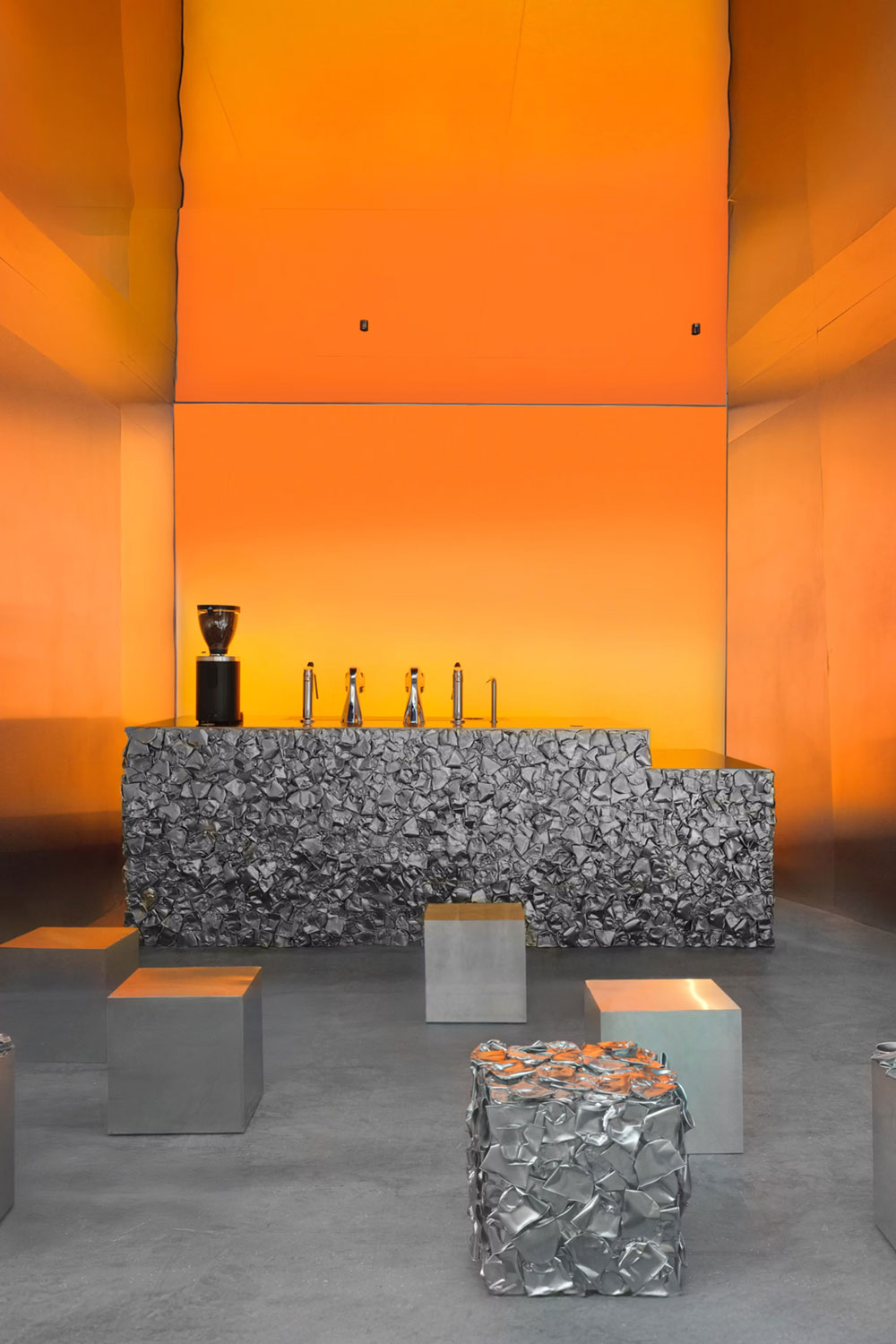
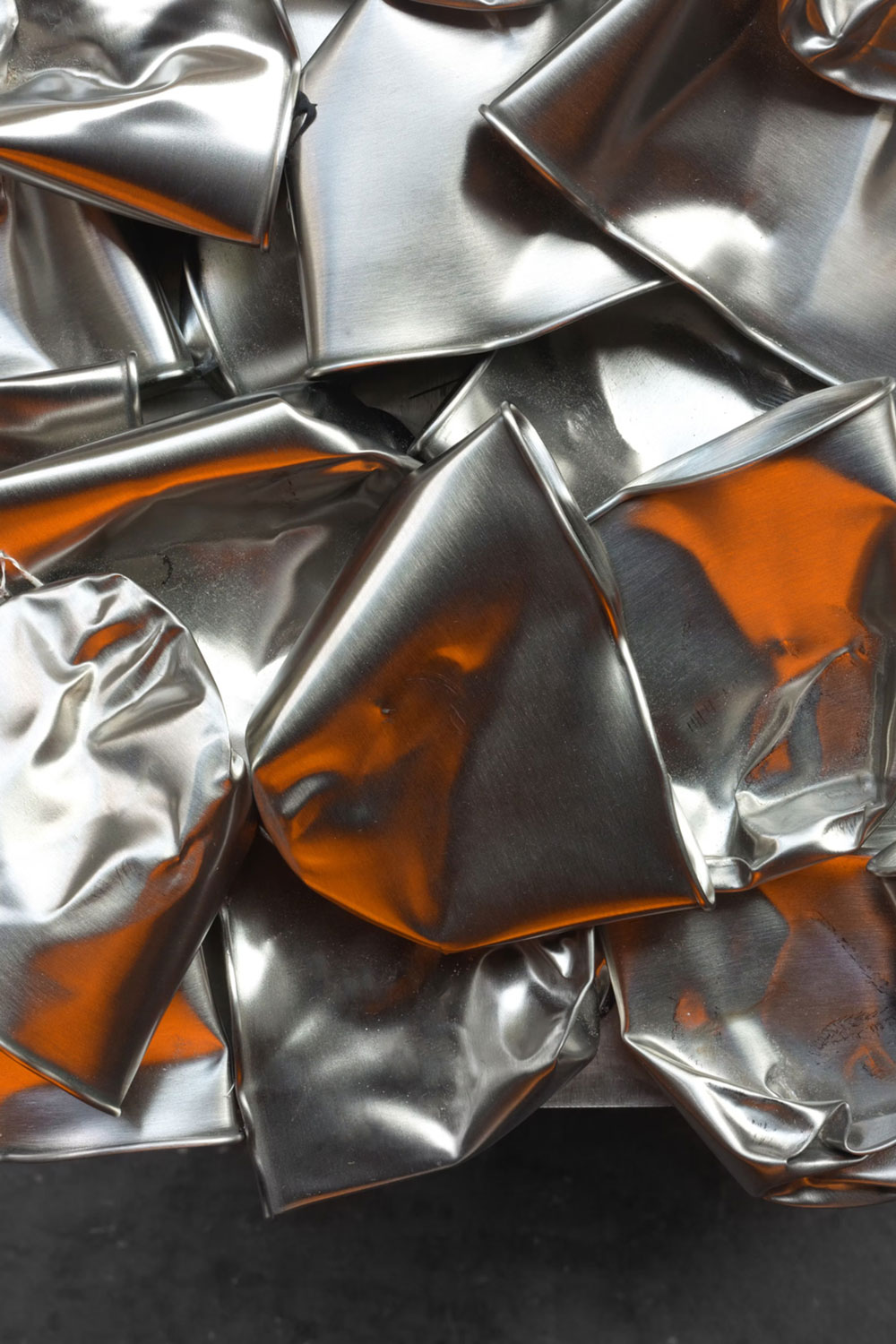
07
Café Nuances Marias: Paris’s best new coffee counter
Brothers Charles and Raphaël Corrot have elevated the Parisian coffee ritual into an Art Deco dream. In a former crèmerie at 51 rue des Francs‑Bourgeois, Uchronia’s design combines marble façades – complete with the words beurre and œufs – with sleek brass counters and graphic tilework. Their in-house roastery sources single-origin beans from Ethiopia, Costa Rica and Colombia, roasting each lot in small batches to highlight floral notes or chocolate undertones. We recommend the Slow Dance blend – nutty with a hint of orange peel – and the seasonal cold drip, slow-filtered over 12 hours. Pastries from a nearby boulangerie – almond croissants dusted with powdered sugar and flaky kouign-amann – pair perfectly.
Café Nuances Marias
51 Rue des Francs Bourgeois
Paris
France
Photography courtesy of Café Nuances Marias
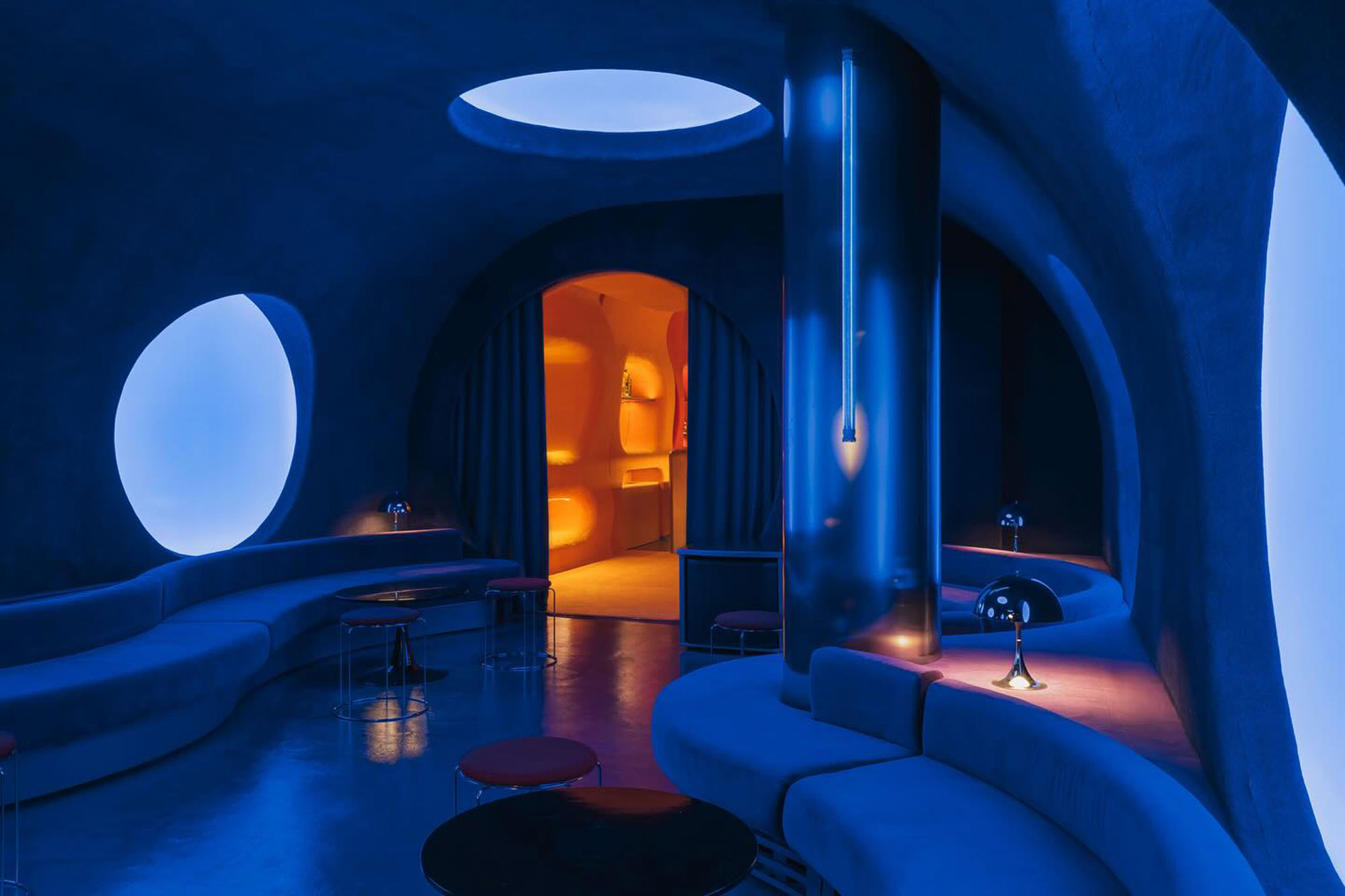
08
Focacha: retro-futurist focaccia in Barcelona
On Barcelona’s Tuset Street, Focacha revives the city’s lounge‑culture heyday with a menu focused on Ligurian flatbread and cocktails inspired by the gauche‑divine era. Interior Designers, Isern Serra, designed the space in retro‑futuristic tones – curved burgundy banquettes, mirrored walls and a backlit bar counter inset with geometric terrazzo. The menu riffs on Ligurian flatbread – olive‑oil‑kissed dough topped with smoked anchovies, rosemary‑salt or molten taleggio. Behind the bar, mixologists pour drinks like the Divine Som – gin infused with rosemary and grapefruit – and the Return of Tuset Street, a champagne‑sparkling blend of lavender syrup and elderflower.
Focacha
Carrer de Tuset 17
Sarrià-Sant Gervasi
Barcelona
Spain
Photography courtesy of Focacha
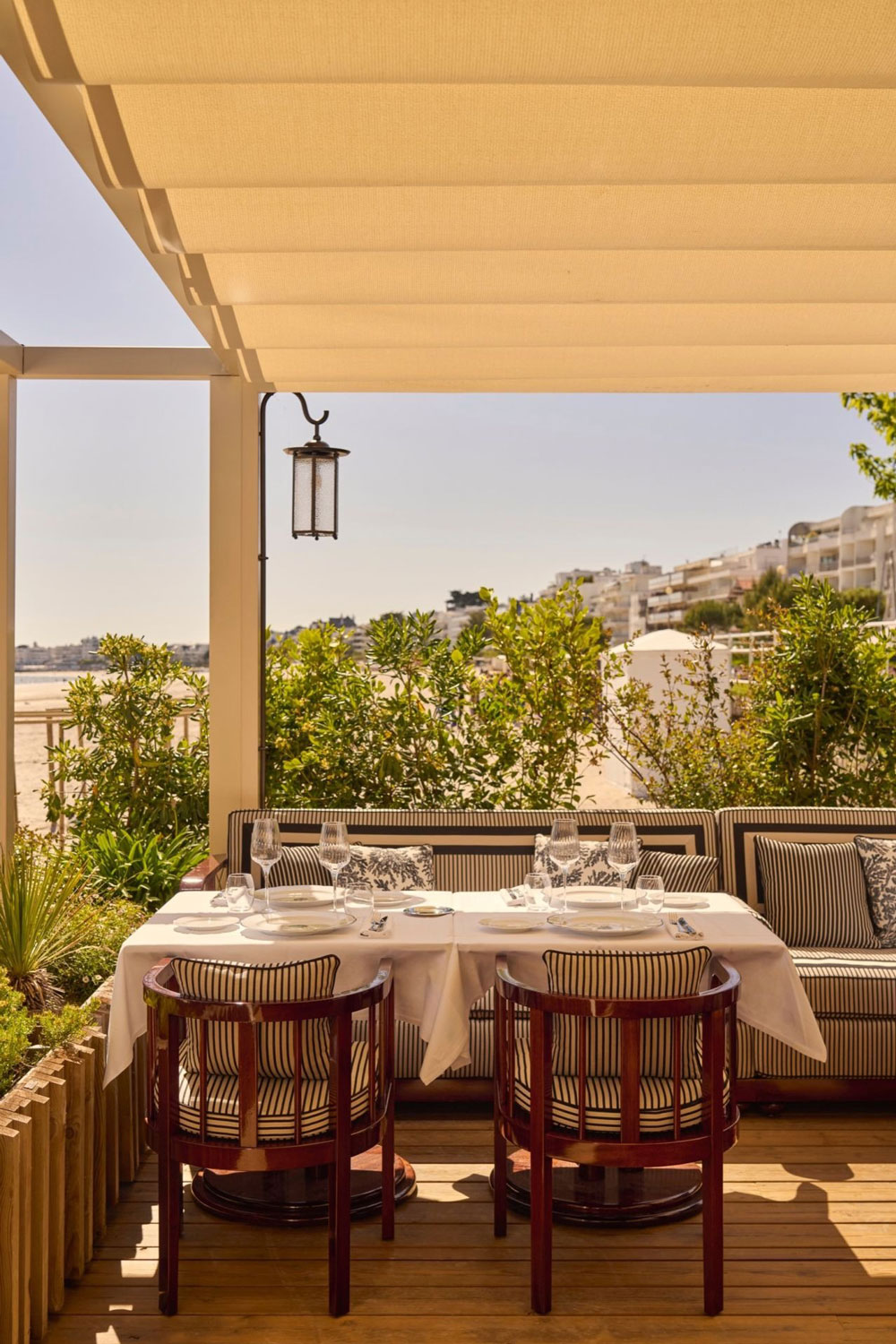
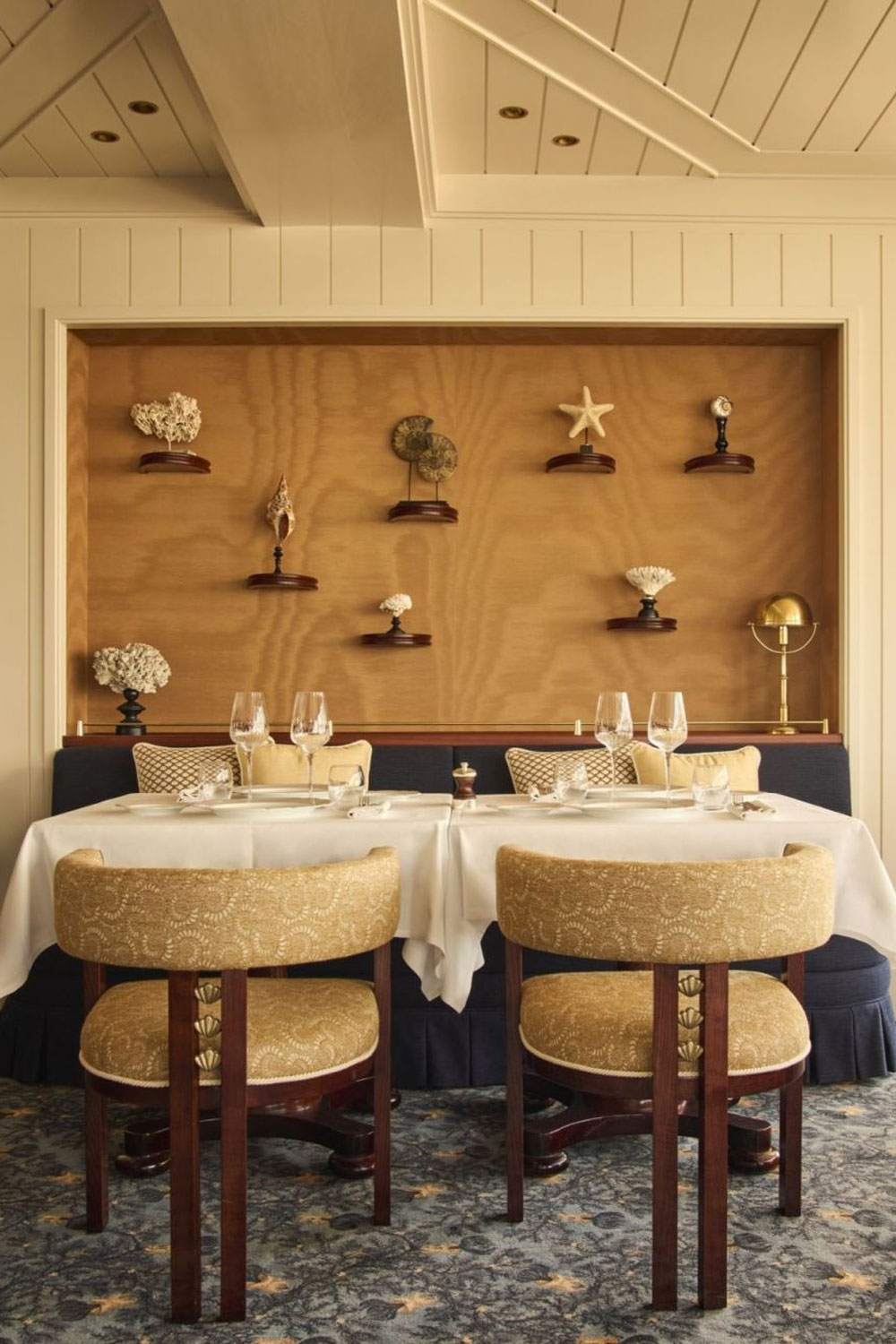
09
Ciro’s: seaside decadence in La Baule
At Hotel Barrière L’Hermitage La Baule’s new beachfront restaurant, Ciro’s channels the elegance of a private yacht club. Italian duo Friedmann & Versace envisioned a light‑filled dining room with floor‑to‑ceiling windows, lacquered wood panelling in marine blues and brass detailing that gleams in the Atlantic sun. Chef Xavier Monvoisin curates a menu rooted in Guérande’s salt marshes and Loire‑Atlantique’s bountiful waters. Start with a razor‑clam crudo drizzled in citron‑thyme oil, followed by linguine bathed in a lobster bisque (soup), then finish with pan‑seared bass fillet and almond‑scented beurre blanc (butter sauce). As evening falls, the terrace bar pours Barrière’s own Champagne and inventive sea‑inspired cocktails, all while waves lap below your feet.
Ciro’s
Hotel Barrière L’Hermitage La Baule
5 Espl. Lucien Barrière
La Baule-Escoublac
France
Photography courtesy of Ciro’s
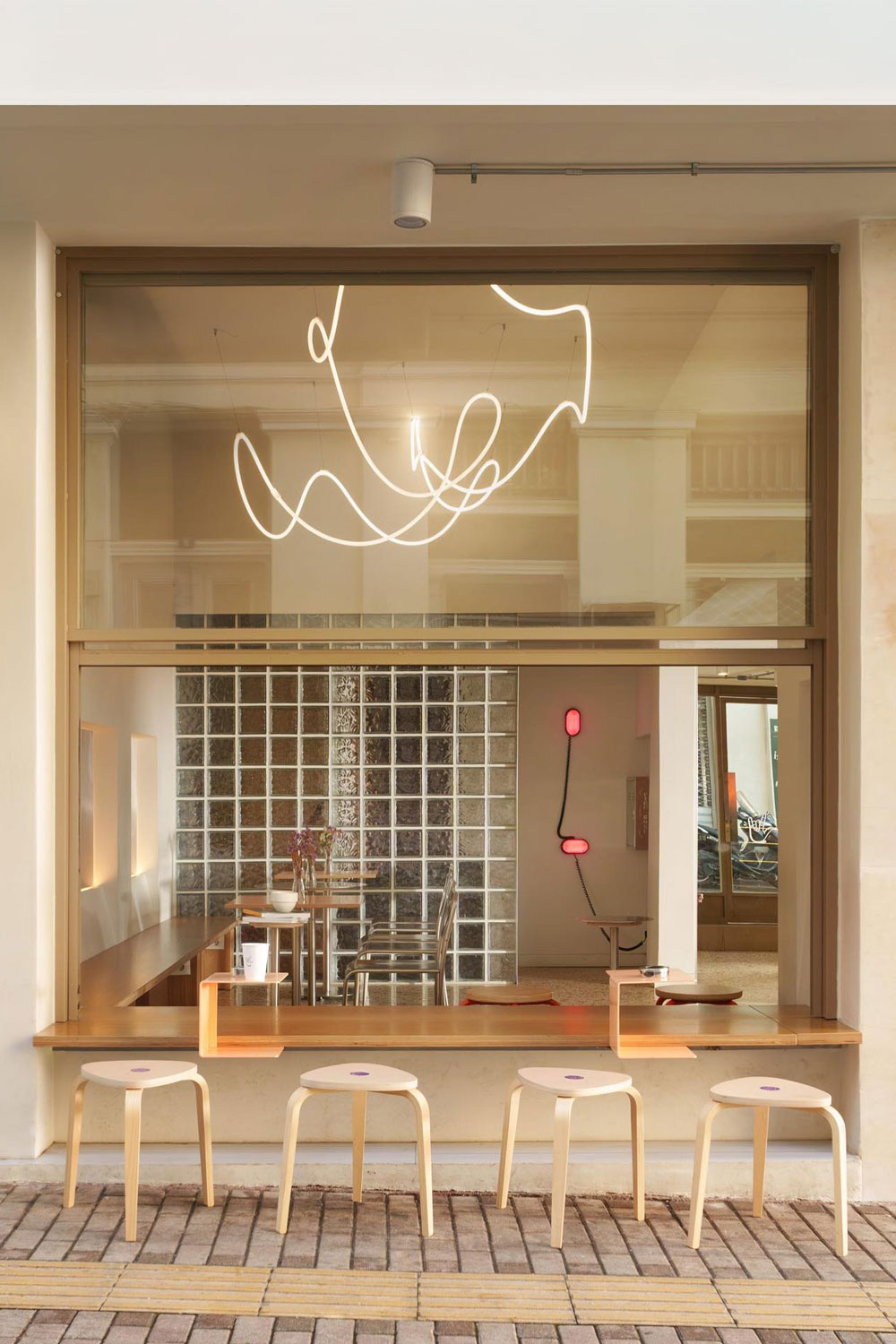
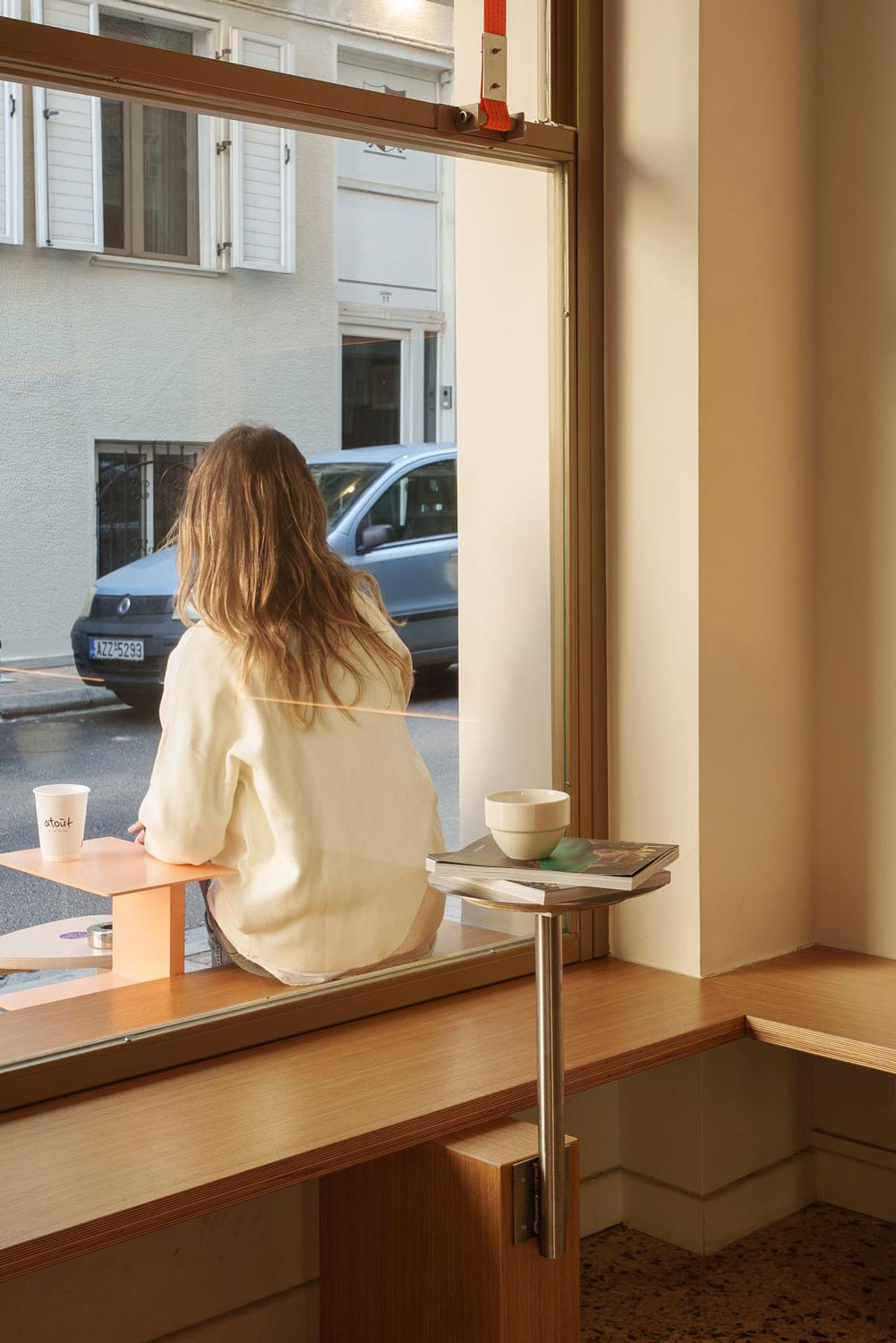
10
Atout: coffee culture rising in Western Greece
In Patras’s up‑and‑coming Zaimi district, Atoūt stands out as a community anchor and coffee academy. Atoūt doubles as an all‑day café – pastries and sandwiches arrive alongside speciality lattes, while a small wine list and craft beers kick in by late afternoon. Architect Ntora Mastrogeorgiou imagined Atoūt as a pause button – a reflective pocket of calm for the modern flâneur. Sitting on a street corner, it engages the city without overpowering it, with a permeable L‑shaped façade that blurs inside and out. The bar is the anchor – a sculptural island wrapped in stainless steel. Inside, preserved mosaic floors in soft brown and beige tones echo the street’s rhythm, while oak wood, sleek inox and playful peach-metal tables balance earthy restraint with pop flourishes.
Atoūt
Zaimi 8
Patra
Greece
Photography courtesy of Atoūt
Share this
Stay in the know
Sign up for the latest hotspot news from the Mediterranean.
